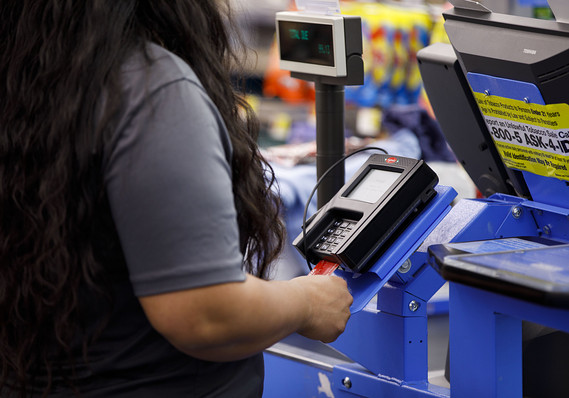Credit card borrowing drops after strong rise in July
The numbers: Consumer borrowing growth weakened a bit in August, led by weaker credit card debt, according to Federal Reserve data released Monday. Total consumer credit increased $17.9 billion, or an annual growth rate of 5.2%. Borrowing was up $23 billion in July. Economists has been expecting a $18.2 billion gain, according to Econoday. The trend rate for 2019 had been closer to $16 billion.
What happened: Revolving credit, like credit cards, fell 2.2% in August, after a two-year high of 10.5% in July. Economists had been expecting the pullback, viewing the July pace as unsustainable. Nonrevolving credit, typically auto and student loans, rose 7.8% in August after a 5.4% gain in the prior month. This category does not fluctuate as much as revolving credit. The Fed’s data does not include mortgage loans.
Big picture: With business investment weak, consumers are the key to the economic outlook. The worry is that firms will pull back from hiring or reduce the hours worked by existing employees. This might create a channel to dampen consumer spending and weaken the economy.
Last week, Federal Reserve Vice Chairman Richard Clarida said he took some comfort from the relatively high household savings rate, which has ticked up to 8%. “That’s a good sign because it means that households, compared with prior decades, have a cushion,” Clarida said, during a question-and answer session with The Wall Street Journal.
Economists will continue to watch the behavior of consumers closely. The University of Michigan will release its consumer sentiment index on Friday. Measures of consumer confidence have been weakening lately.
Market reaction: The Dow Jones Industrial Average DJIA, -0.36% and the S&P 500 index SPX, -0.45% were down modestly in Monday afternoon trading.

